Daylight Savings Time
I rarely hear anyone mention Daylight Saving Time (DST) in the Kennebunks except to complain about the inconvenience and discomfort that accompanies its arrival and departure each year. We of a certain age are still adjusting our circadian rhythms to last Sunday’s collective spring forward.
It wasn’t until 1883 that standardized time on the United States was even contemplated. Until then, the town clock was close enough. The American Railroad industry divided the country into 4 time zones to facilitate train schedules. Clocks were synchronized in each time zone so that everyone knew when to arrive at the train station. It seemed like a good plan for commerce so eventually the whole planet followed suit.
Time zones weren’t official in this country until 1918 when President Wilson enacted The Standard Time Act, which included DST to conserve power during WWI. It made sense to the public. Wartime calls for sacrifice. Everyone did their part without too much grumbling.
The real problems arose after the war. DST was repealed in 1919 with a Congressional override of President Wilson’s veto. It was left up to the states to decide whether or not to continue to spring forward and fall back every year. Massachusetts was the only state in New England to make DST observance a law. In all the other New England states it was up to each town.
Chaos ensued in York County Maine. Initially, only Sanford decided to observe DST. All the mills had to work the same hours as their Massachusetts suppliers. The town of Sanford followed the mills. Soon the mills in Saco and Biddeford couldn’t function on Standard time either so those towns adopted DST. The trolley transported people to work in the mills, so they adopted DST. Kennebunk, being situated between Biddeford and Sanford and on the Boston & Maine Railroad, adopted DST. The Sea View Hotel resisted it for a while but fell into line when business suffered.
The tourist town of Kennebunkport voted to change the clocks but not everyone acquiesced. The schools continued to run on Standard Time. Some businesses ran standard time, some ran DST. The farmers insisted that their cows and roosters always knew what time it was, and it had nothing to do with how the clocks were set. James Perkins the proprietor of the Grist Mill said, “this tide-mill doesn’t operate on this new-fangled daylight saving plan. We stick to good old-fashioned time. The mill grinds not by the clock but by the tide.” The village of Cape Porpoise ran on Standard Time. They called it “God’s Time”.
The editor of the summer paper tried his best to track who followed which time system but something had to give. In May of 1924, the clock in the steeple of the Methodist church at Cape Porpoise was set an hour ahead to make it conform to the rest of the clocks in Kennebunkport. A notice appeared in the Cape Porpoise column of the paper the following week that “Owing to the refusal of the town clock to run on Daylight Saving Time, the village is doing business on Standard Time again.” Apparently, the Cape Porpoise clock had a mind of its own. Whether that was by divine or mechanical intervention, we cannot say.
In August 1925 Maine voted to make it illegal for any town to establish any system of time other than Standard Time. President Roosevelt enacted year-round DST during World War II then back to letting each state decide for themselves. The Uniform Time Act of 1966 set annual dates for DST. The 1973 oil embargo prompted Congress to again order year-round DST. No actual energy savings could be quantified so it again became up to the states. DST was back again in 1987 and extended in 2007.
This past Tuesday the United States Senate unanimously passed the Sunshine Protection Act to make daylight savings time “permanent” starting in 2023.


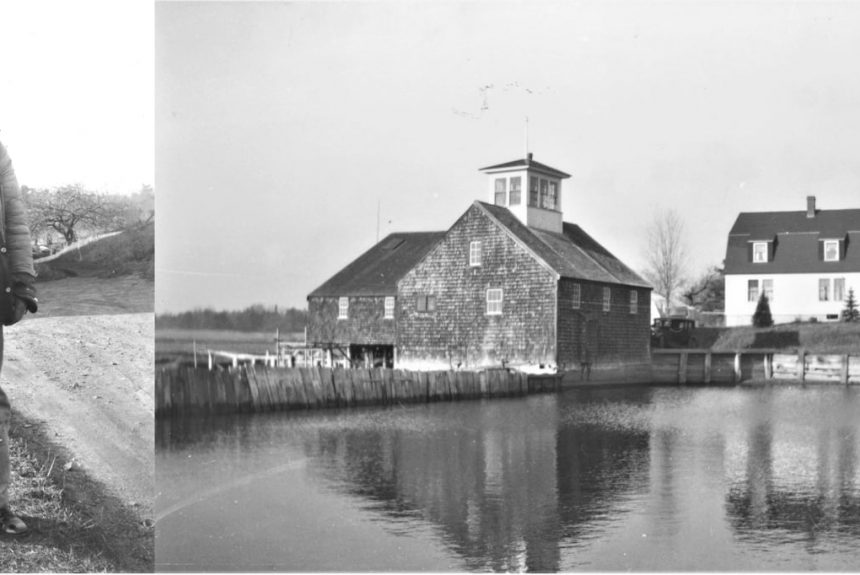
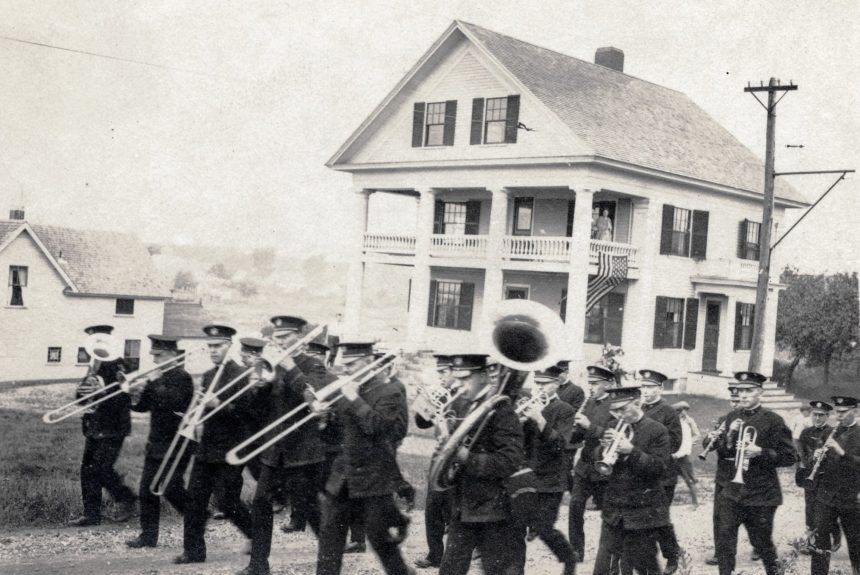
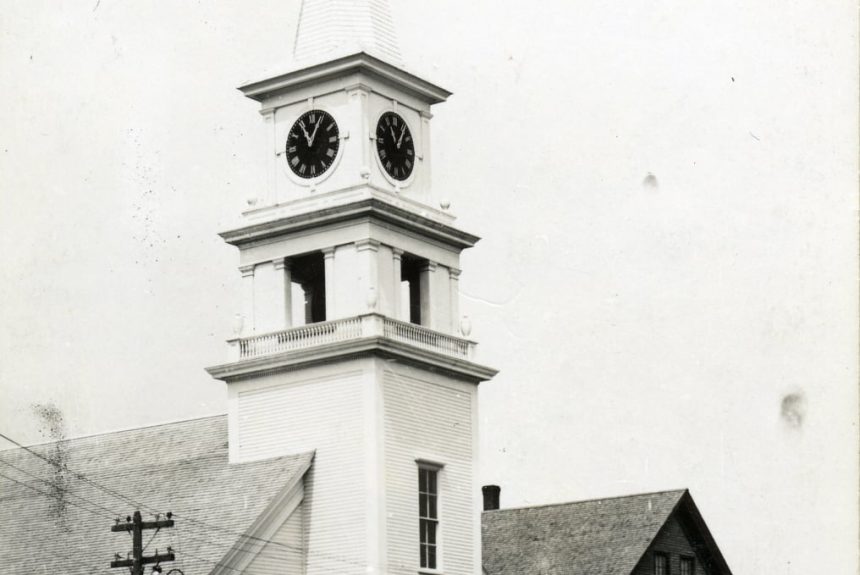
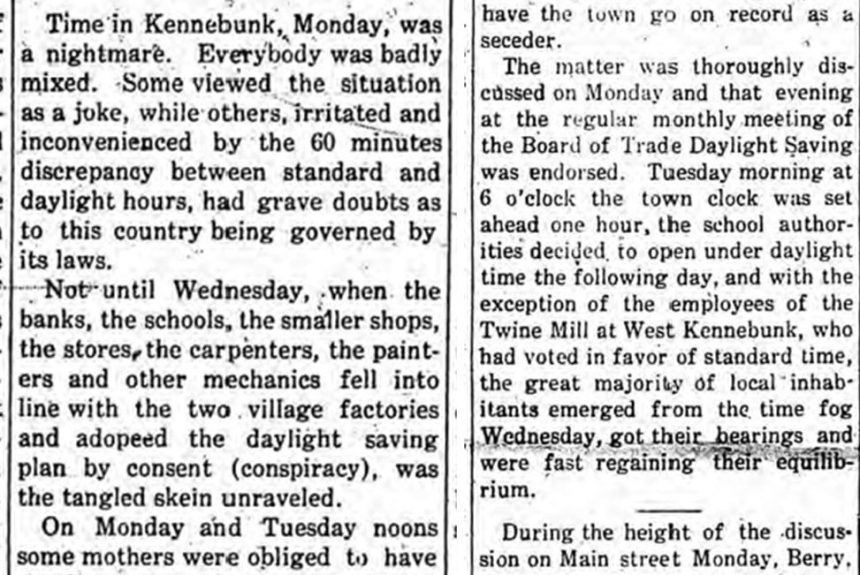
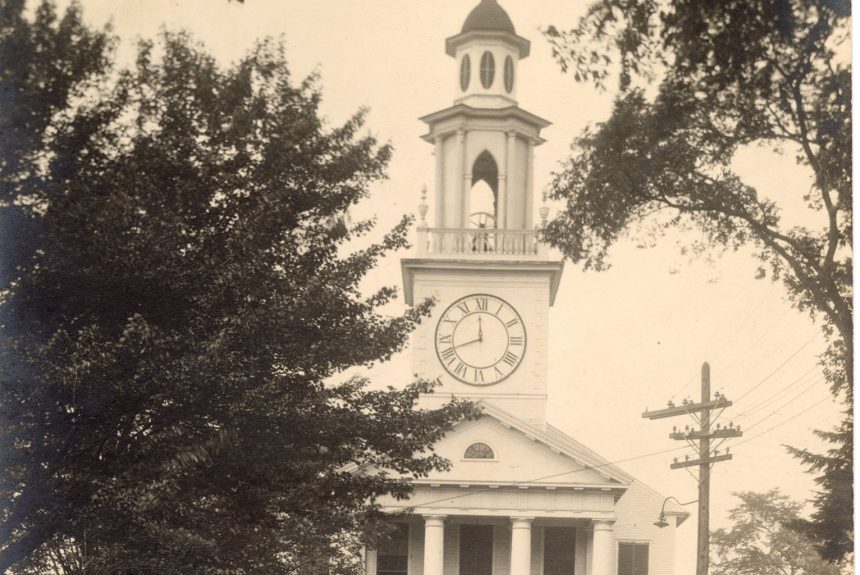
Leave a Reply